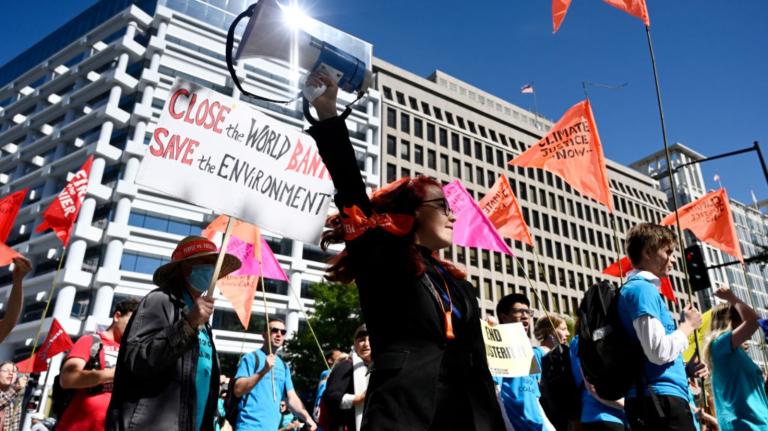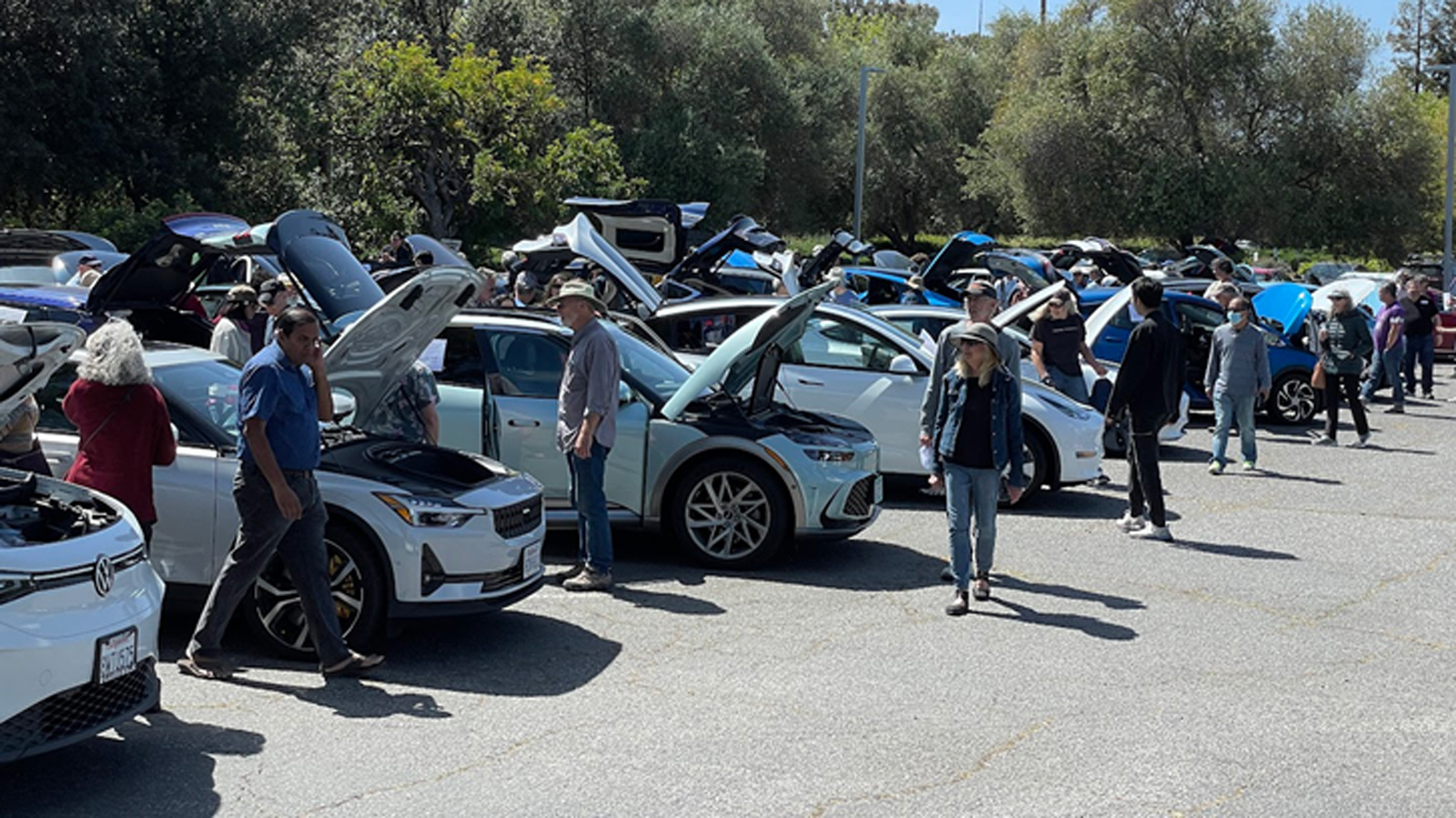A change to the federal EV incentive that took effect Monday could widen access for low and middle-income buyers who want to go electric but have been excluded by high prices.
The clean vehicle tax credit, which offers up to $7,500 toward a new electric, hydrogen, or plug-in hybrid vehicle, and up to $4,000 for a used one, is now available as an instant rebate at approved dealers. Until now, buyers could not take advantage of the credit until they filed their taxes.
EV-equity advocates said the change will put buying an electric vehicle within reach of more buyers. “It’s a huge help,” Irvin Rivero, e-mobility associate at the Bay Area nonprofit Acterra, told Grist. Rivero consults prospective buyers on how to apply for financial incentives, and said some clients either can’t afford the upfront cost or do not earn enough to owe taxes.
“A lot of people were getting the tax credit, but the people who didn’t have tax liability weren’t benefiting from this program,” Rivero said.
Consumers bought more than one million electric vehicles in the United States in 2023. The average new EV transaction price was $53,469 in July, about $5,000 more than the overall average car price. While some automakers dropped prices toward the end of 2023, rising interest rates are undermining those cuts.
Part of the Inflation Reduction Act, the clean vehicle tax credit is available to households making up to $300,000, depending on their filing status, and applies to cars costing no more than $55,000 and vans, pickup trucks, and SUVs costing up to $80,000. Used cars must be at least two years old and not cost more than $25,000.
Rivero said many of those he helps have been waiting for the change to go into effect before buying a car. “It’s going to get busy at the dealerships, I imagine.”
To get the rebate, consumers must go to a dealership that is registered with the IRS for the program. Dealers will either reduce the purchase price or provide cash to the buyer, and will be reimbursed by the IRS.
Danny Connelly, the general sales manager at Tracy Volkswagen about an hour east of Oakland, California, said his dealership has already registered for the program. “We expect to sell a bit more cars from it,” he told Grist, adding that some customers have been waiting for the change to take effect before making a purchase. “It will be an easier customer experience and easier for us,” he said.
What may become less easy for customers, however, is finding a model that qualifies for the incentive. As part of the Biden administration’s efforts to promote a domestic supply chain for EVs, eligible vehicles must meet certain requirements for how much of their battery components and critical minerals are sourced or manufactured in North America.
It’s still unclear how many cars will qualify, but Taylor Shively of the analytics firm CRU estimates that of the 17 available all-electric models, as few as 10 will get the full credit, and not all variants of a model may be eligible. Tesla, for example, has stated that certain versions of its most affordable offering, the Model 3, no longer qualify.
Rivero has been telling clients to regularly check the Energy Department’s online tool that shows eligible vehicles.
It’s also not clear how customers will know which dealers are part of the program. The Internal Revenue Service did not respond to an emailed question about how customers will be able to find out which dealers are registered.
While the list of qualifying cars is shorter in 2024, Rivero said the rebate creates opportunities for buyers previously priced out of buying an electric vehicle, especially if they “stack” it with local incentives available from their state, local government, or utility.
Some of Rivero’s customers live in San Mateo County, where a resident buying a used car could also apply for a $4,000 rebate from their utility company, and get around $5,500 from a state program if they turn in an older car.
“I try to help people stack as many as possible,” Rivero said. “They can pay less than $5,000 for an EV.”



